Template Method Design Pattern in Java
1. Introduction
The Template Method Pattern defines the skeleton of an algorithm in a method, deferring some steps to subclasses.
It allows subclasses to redefine certain steps of an algorithm without changing its structure.
2. Real-World Analogy
Think of a Game Development Framework:
- The process of playing a game follows fixed steps: initialize game → start game → play game → end game.
- Different games (Chess, Football, etc.) have different implementations for these steps, but the order remains the same.
3. Structure of Template Method Pattern
- Abstract Class → Defines the template method and some abstract steps.
- Concrete Classes → Implement the abstract steps with specific behaviors.
4. Custom Implementation Example
Let’s build a Game Framework example with Chess and Football.
Step 1 – Abstract Class
public abstract class Game {
// Template method
public final void play() {
initialize();
startPlay();
playGame();
endPlay();
}
protected abstract void initialize();
protected abstract void startPlay();
protected abstract void gameStatus();
protected abstract void endPlay();
}
Step 2 – Concrete Classes
Chess Game
public class Chess extends Game {
@Override
protected void initialize() {
System.out.println("Chess Game Initialized! Setting up board.");
}
@Override
protected void startPlay() {
System.out.println("Chess Game Started! White moves first.");
}
@Override
protected void gameStatus() {
System.out.println("Players are playing chess...");
}
@Override
protected void endPlay() {
System.out.println("Chess Game Finished!");
}
}
Football Game
public class Football extends Game {
@Override
protected void initialize() {
System.out.println("Football Game Initialized! Setting up teams.");
}
@Override
protected void startPlay() {
System.out.println("Football Game Started! Kick-off!");
}
@Override
protected void gameStatus() {
System.out.println("Players are playing football...");
}
@Override
protected void endPlay() {
System.out.println("Football Game Finished!");
}
}
Step 3 – Client Code
public class TemplateMethodPatternDemo {
public static void main(String[] args) {
Game chess = new Chess();
chess.play();
System.out.println();
Game football = new Football();
football.play();
}
}
5. Output
Chess Game Initialized! Setting up board.
Chess Game Started! White moves first.
Players are playing chess...
Chess Game Finished!
Football Game Initialized! Setting up teams.
Football Game Started! Kick-off!
Players are playing football...
Football Game Finished!
6. Advantages
- Provides a clear structure for algorithms.
- Allows subclasses to override only specific parts of the algorithm.
- Promotes code reusability and consistency.
7. Real-World Use Cases
- Game development frameworks.
- Report generation systems (PDF, HTML, Excel).
- Workflow automation (Document approval processes).
UI frameworks (Defining layout structures).
Next Blog- Visitor Design Pattern in Java
 (29).png)
 (17).png)
.png)
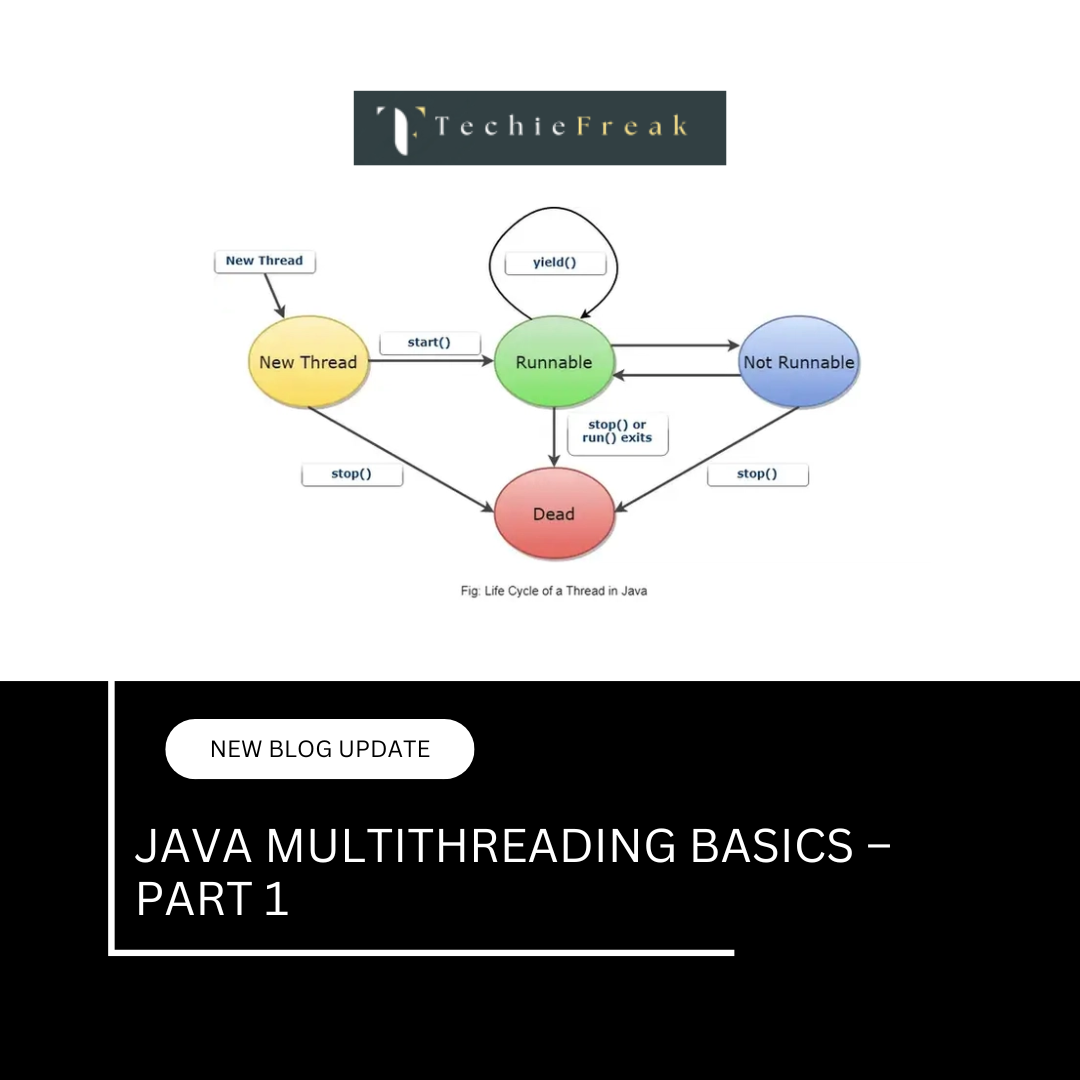
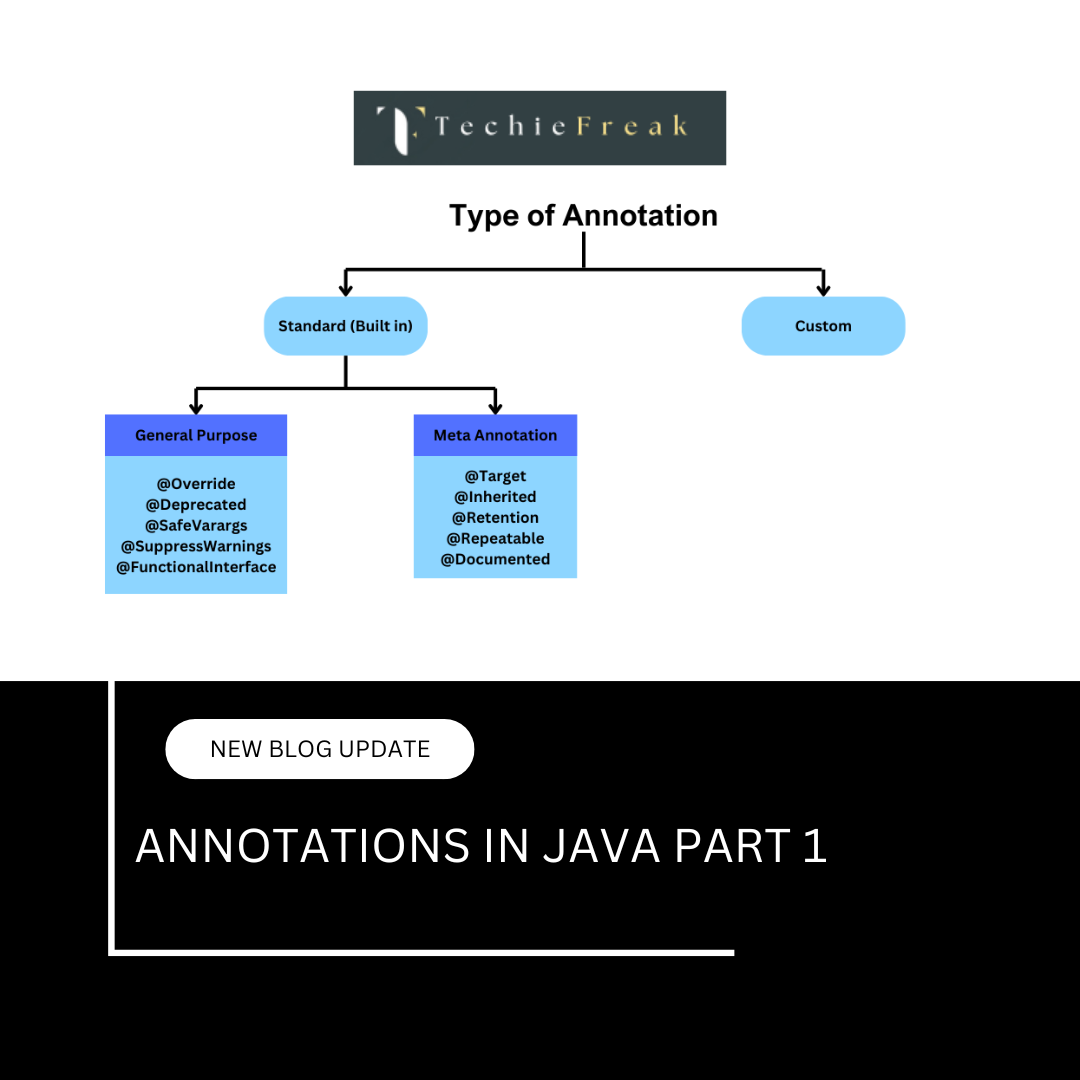
 (18).png)
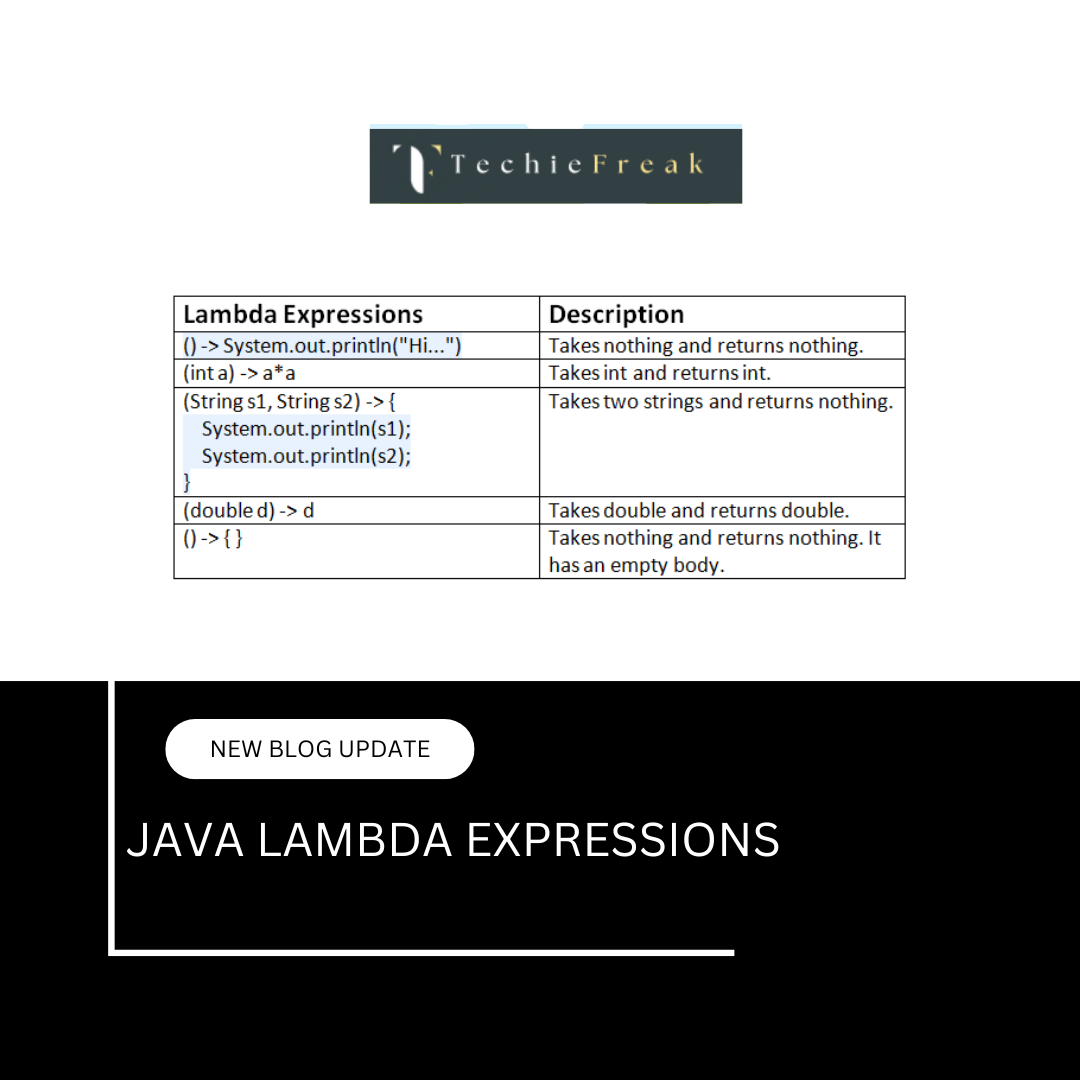
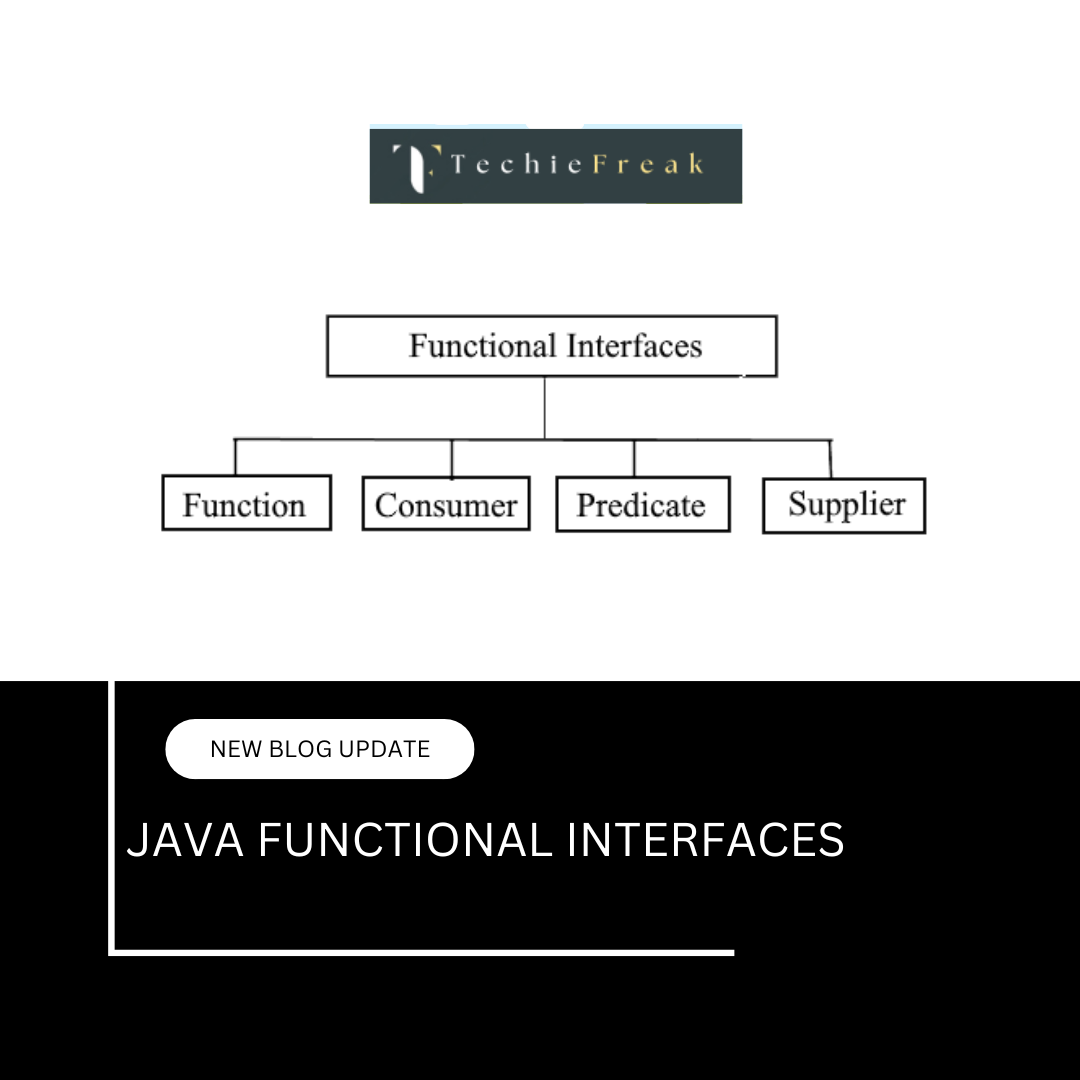
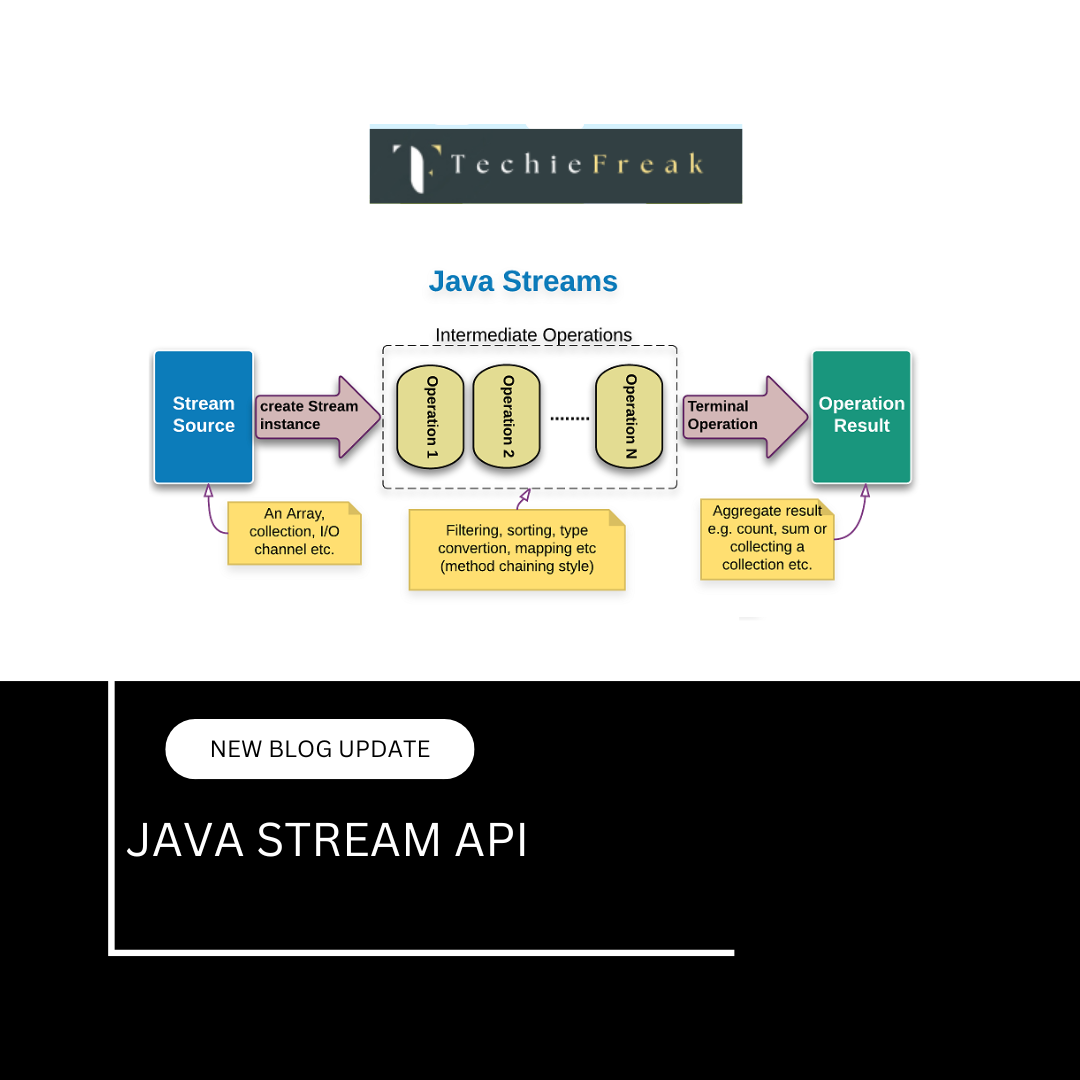
.png)
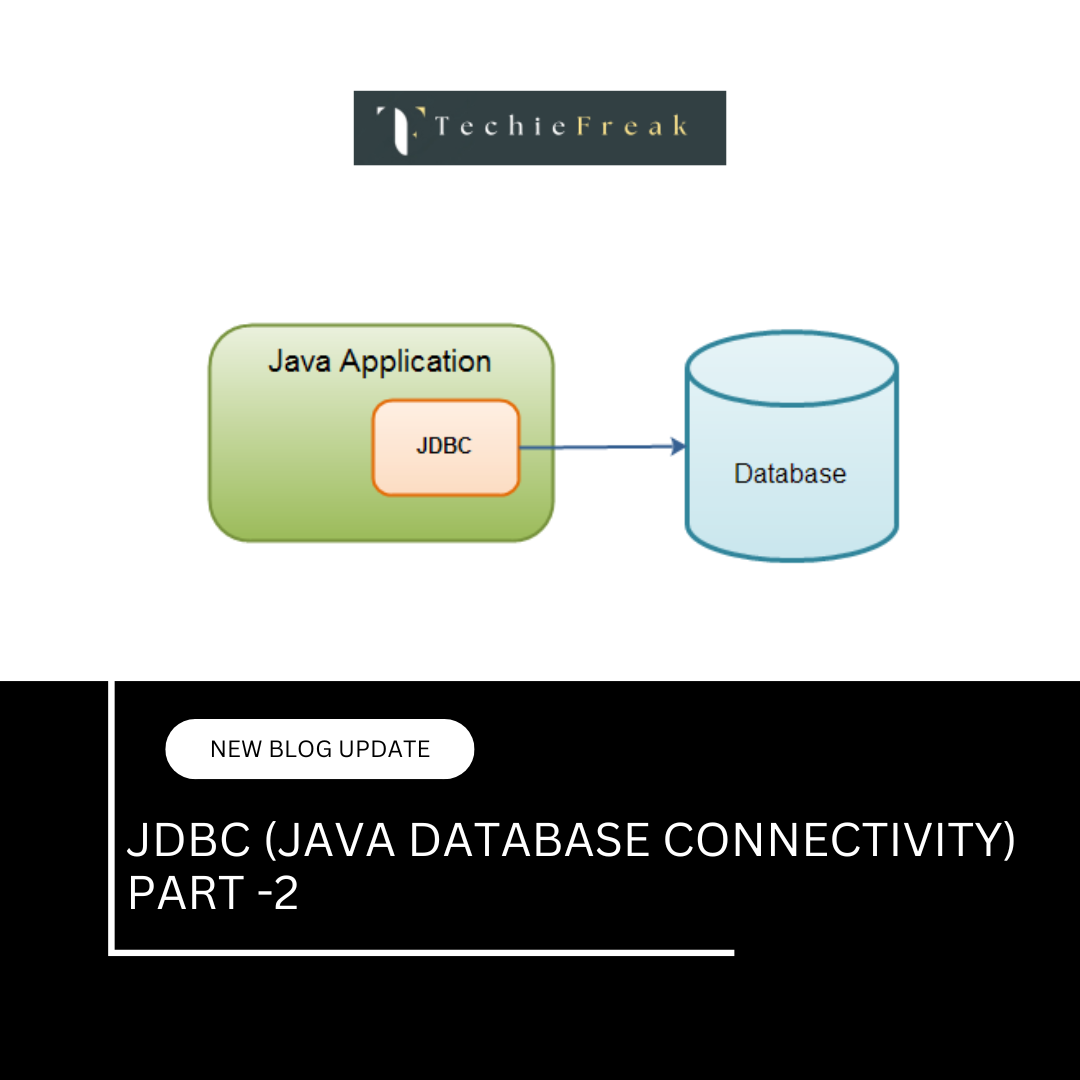
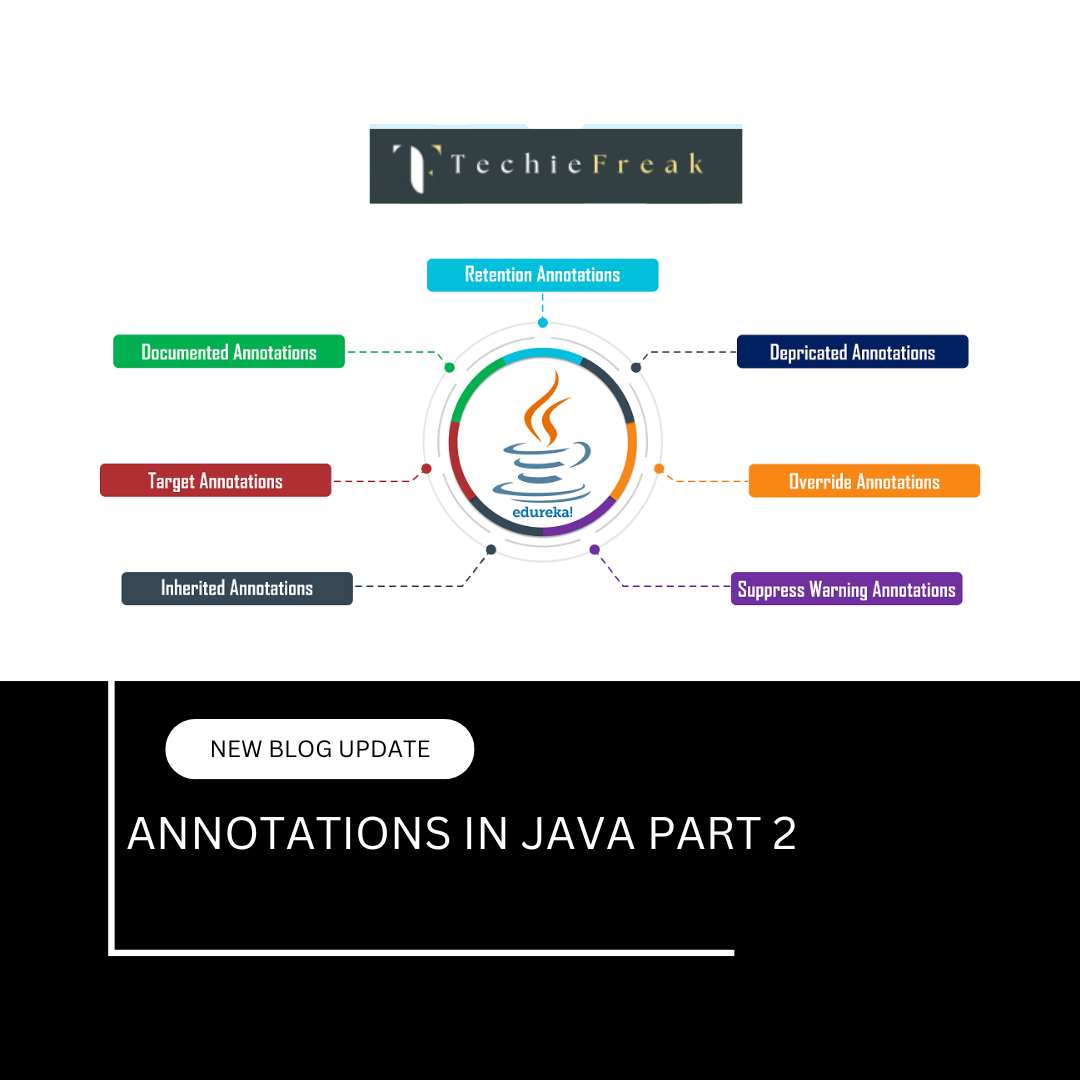
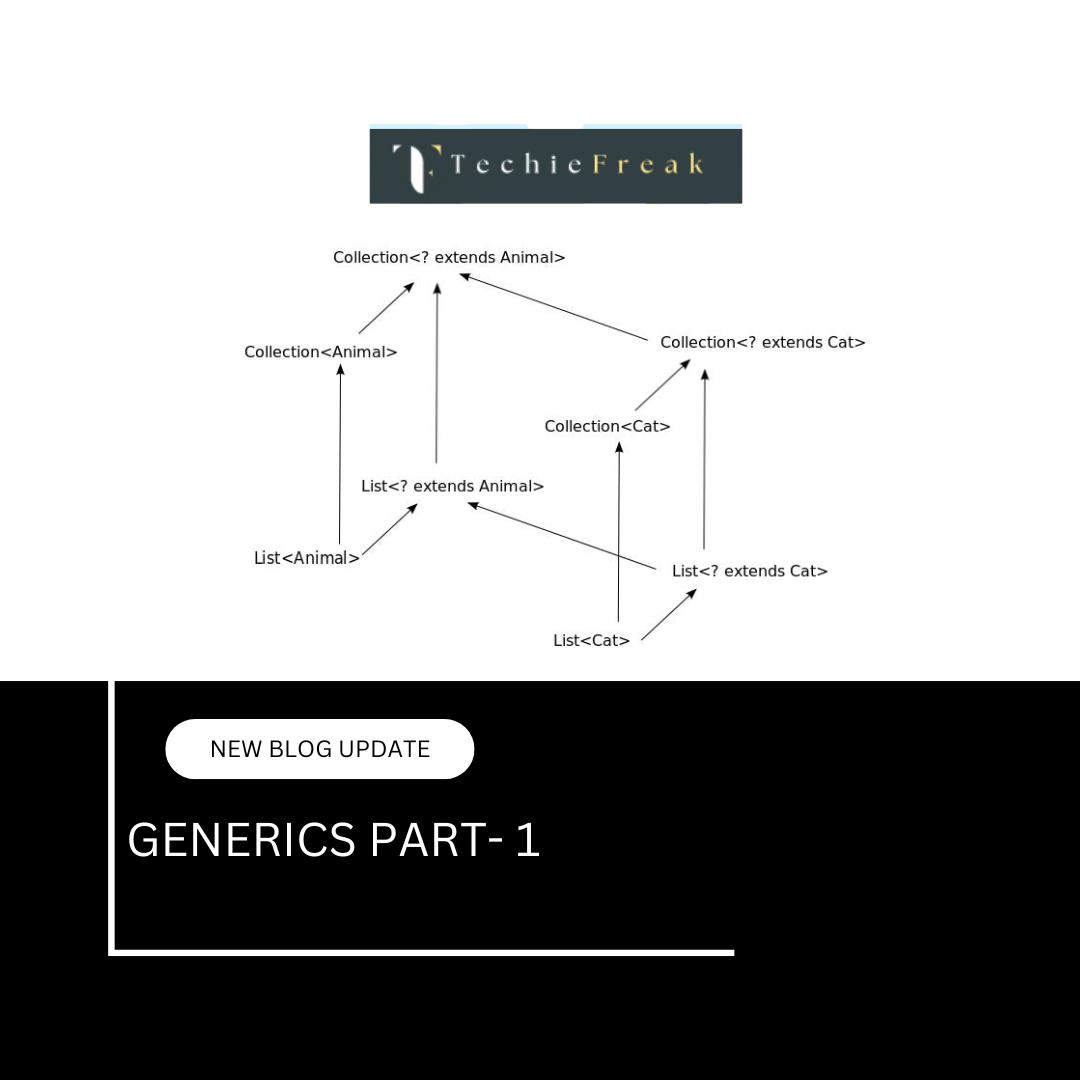
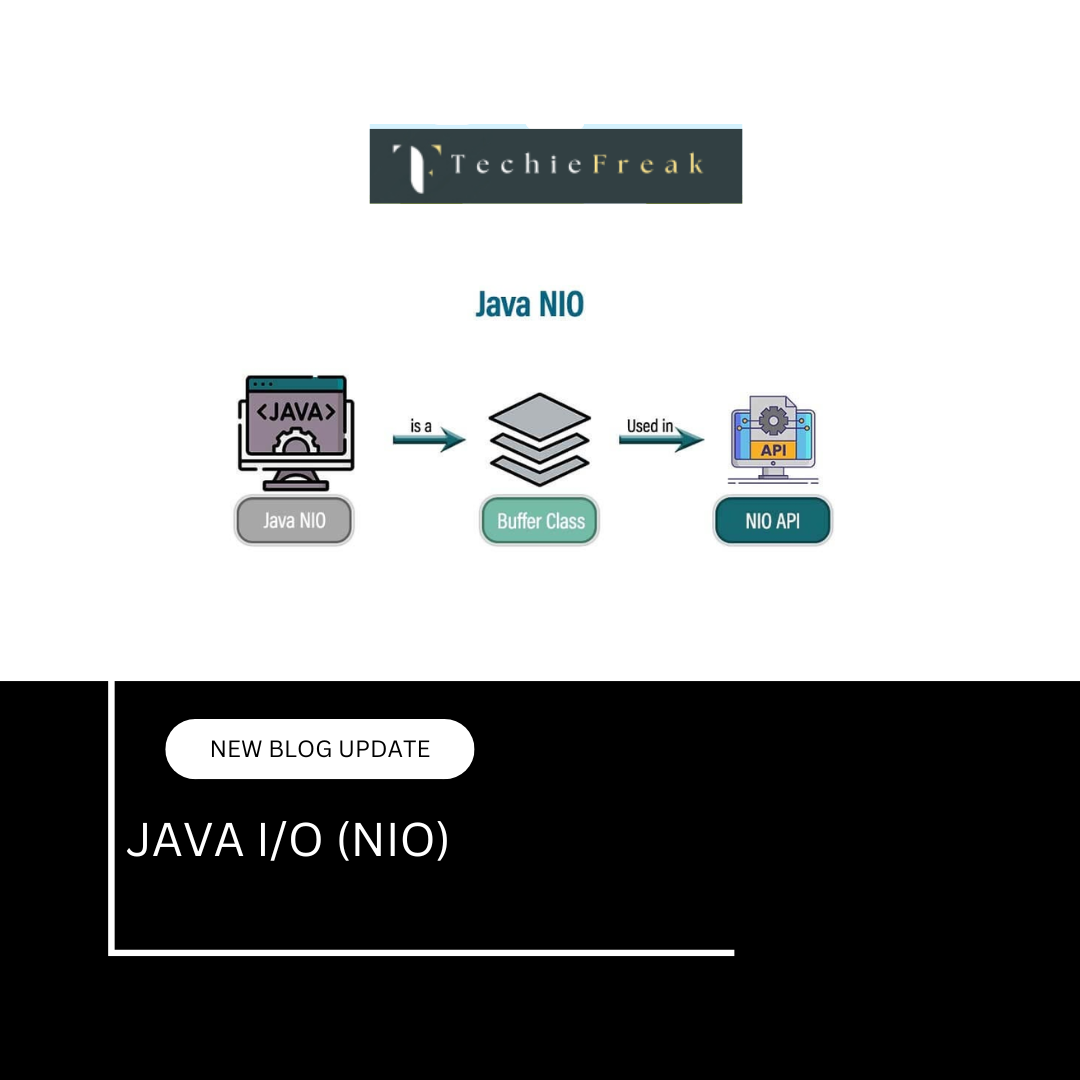
.png)
 (1).png)
 (2).png)
 (3).png)
 (4).png)
 (5).png)
 (6).png)
 (9).png)
 (7).png)
 (10).png)
 (8).png)
 (10).png)
 (12).png)
 (13).png)
 (13).png)
 (15).png)
 (16).png)
 (19).png)
 (20).png)
 (21).png)
 (22).png)
 (23).png)
 (24).png)
 (25).png)
 (26).png)
 (27).png)
 (28).png)
 (30).png)

 (31).png)
 (32).png)
 (33).png)
 (34).png)
 (35).png)
 (36).png)
 (37).png)
 (38).png)
 (39).png)
